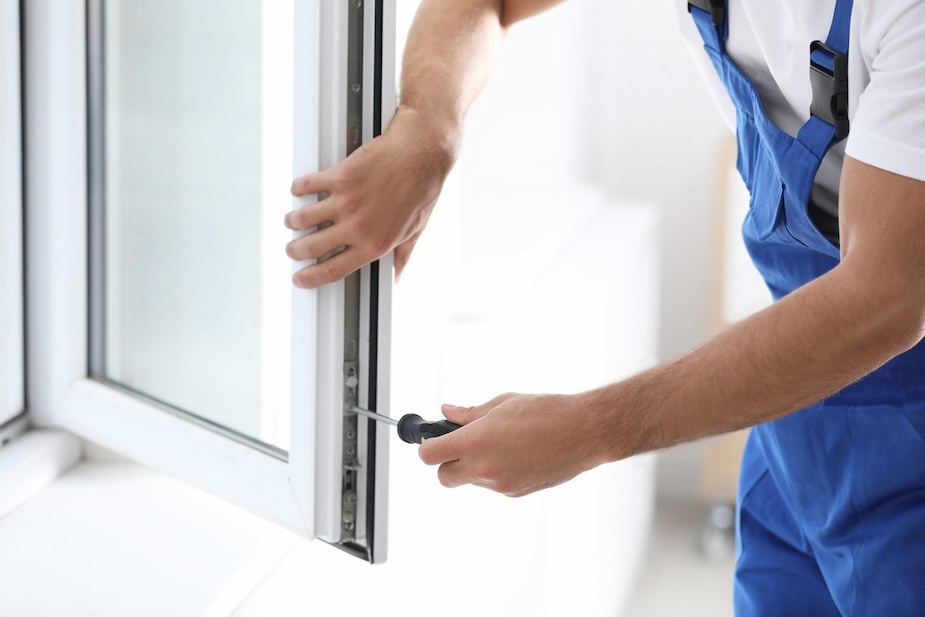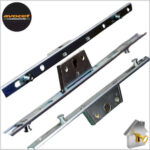 patio doors locks replacement (just click the up coming internet page)
patio doors locks replacement (just click the up coming internet page)Locks for your patio doors are crucial to help protect your home. By enhancing security, they can also help you save money on home insurance.
With a few simple tools, you can easily replace the lock that is worn out or broken. Begin by cleaning and lubricating the existing lock. Then, select an alternative lock that has the correct screw hole size.
Safety Precautions
If you have a sliding patio door, it's a good idea replace the lock with a new one. This will ensure that only you and the members of your family are allowed access to your patio, and keep it safe from burglars. A high-quality lock can deter criminals however, you can enhance your home security by installing a surveillance system. This will notify you when someone attempts to enter your home, allowing you to take precautions or alert the authorities.
Patio doors are located in areas that are not visible and are therefore a target for burglars who wish to look over the contents of your home without or anyone else. To bypass the patio door locks with springs they place their hands on the glass and move them up and down in a abrupt motion. To stop this, you can install the security bar fixed to the track and stays in place when you slide your door shut. Other products, like the security pin, work by drilling a small hole in the frame of the sliding doors and comparing it to a smaller hole drilled in the stationary door. This prevents the two doors being separated.
It's not just about picking the best lock. It's also about choosing the lock that's compatible with your house type and will meet your needs. There are many patio door locks to fit your uPVC and French doors. The trick is to select one that blends with your existing handles, and complements the style of your home.
After you have picked the ideal lock for your patio door, it is essential to keep it in good condition and ensure that it operates correctly. Regular cleaning and lubrication could help keep your patio door secure and stop it from jamming or sliding. Use a dry rag to remove any debris or dust and then lubricate the lock with graphite or silicone. Avoid using oil based greases, as they could draw dirt.
Measure the existing lock
The first thing to do before you purchase a new lock is to measure accurately the current lock. This will prevent you from buying a replacement lock that is not the correct size. It will also ensure that your new lock is a good fit in the existing hole. To measure the length and diameter of your cylinder, employ a tape measure, and record the measurements in millimetres. Remember to exclude the casing and any decorative elements around the cylinder from the measurements. If you make assumptions or guess these dimensions, it can result in mistakes that could compromise the security and functionality your new lock.
There are three types of patio door locks that provide different levels of security. The basic key-operated locking system is the least expensive option, but it doesn't provide the same protection against burglars. A central rail lock that is operated by keys provides more security than a standard lock and can be eligible for discounts on your insurance for your home. A multi-point locking system that's fitted to the central rail where doors overlap provides even more security than a standard key-operated lock and is often police-approved.
A mortise lock is another option. It is the most expensive but it offers high-quality and reliable security. It is typically installed in the middle of the door to keep it from sliding as the sliding glass window.
If your patio doors are fitted with holes for a deadbolt, you'll need to redrill the hole and make it larger. This can be challenging, but it's important to do it right so that the lock won't cause damage to the door frame.
Read the directions that came with the lock replacement patio door lock before drilling into the door frame. This will give you the step-by-step instructions for proper installation. It will also explain how to adjust the lock to more secure and fit better. It will also show you how to test the locks to ensure that you are sure they work exactly as they were intended to. This will eliminate any problems that might arise before they become more serious. If you're not able to fix the problem, it is best to call a professional.
Clean the Lock
A double glazed door lock replacement lock that isn't functioning correctly is one of the most frequent issues homeowners face. Doors that don't lock can be a hassle and a security risk. It's important to know that these problems are often easily fixed with some troubleshooting.
Begin by removing the locking handle from the patio door. Before you do this make sure to lay down a cover like a towel or tarp to collect any cleaning solutions or dirt that may fall in the process. This will help with cleaning and will protect the surface of your patio door from scratches.
Then, wash the lock mechanism with warm soapy water. If you own an antique lock, this can be a difficult task as you'll need to take special care to avoid damaging the delicate surface. A toothbrush will help you reach into tight spaces. A wire brush could be required to clean any debris and dirt that has remained.
After the lock is clean It's time to grease the moving parts. This will prevent stiffness and help the latch and keyhole to function smoothly. Select a silicone-based product that is specifically made for door locks.
Certain patio door locks come with a series of pin tumblers which move upwards and downwards, so they could become jammed by dust or other contaminant. This issue can be fixed by inserting a pencil or a small amount lubricating spray in the lock.
Keep in mind that door locks outside can be damaged by rust or corrosion. Periodically lubricating the moving parts of your lock will make them more efficient over time and prevent the need for costly repairs or replacement upvc door locking mechanism. The frequency at which you should lubricate locks is contingent on the climate and environment in your region. In coastal areas there is more salt in the air, which can cause rusting and other damage.
Lubricate the moving parts
Lubricating your sliding patio door locks regularly is the best way to ensure that they function correctly. This helps prevent the accumulation of dust and debris which can lead to failure of the lock. It is also recommended to clean your locks and handles frequently using a product for cleaning to remove any dirt that may be stuck within the mechanism.
Lubricating your locks can be difficult since different lubricants do not work to be the same. Use silicone spray lubricant or a similar one, to apply the lubricant to the lock mechanism. It's important to use an item that does not attract dust or dirt, as this can cause the lubricant's surface to wear off quickly and make the lock harder to operate.
Another option for lubricating your patio door locks is dry graphite powder. It's simple to apply and can help to prevent corrosion. You can buy dry graphite oil at many hardware stores or online. It's also available in aerosol form, making it easier to apply to the lock mechanism. The lubricant's solvent quickly evaporates, leaving an unburnt layer of graphite that provides lubrication without attracting dust or chemical.
If you're looking for a more permanent solution, you can try the Teflon-based lubricant. This kind of lubricant gives long-lasting protection against corrosion and won't attract dust or dirt, which makes it more durable than other types of lubricants. It is also possible to use deicer lubricant which is specifically designed to withstand cold temperatures and stop ice from forming.
After you've lubricated your locks, you must test them to ensure they're working properly. Try closing and opening the door several times, paying attention to any resistance or sticking. It is important to address any problems as soon as possible before they worsen.
If you're replacing upvc door lock mechanism a mortise lock, ensure that the spindle and handle are in line with the door's model and the make. The location of the mortise lock's keyway is also crucial. You'll need to select the appropriate one for your sliding patio doors. Some are vertical, while others are at 45-degree angles.
